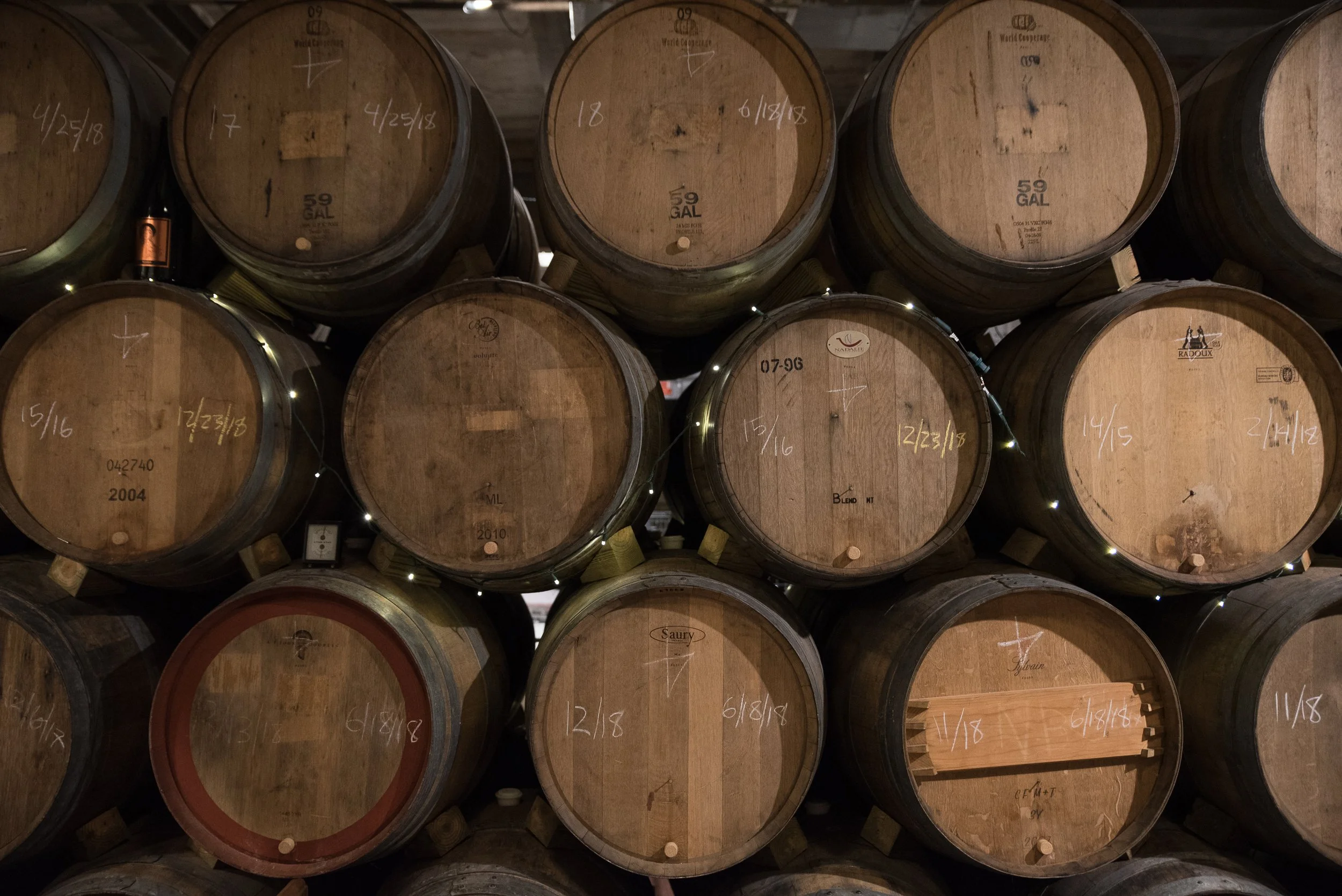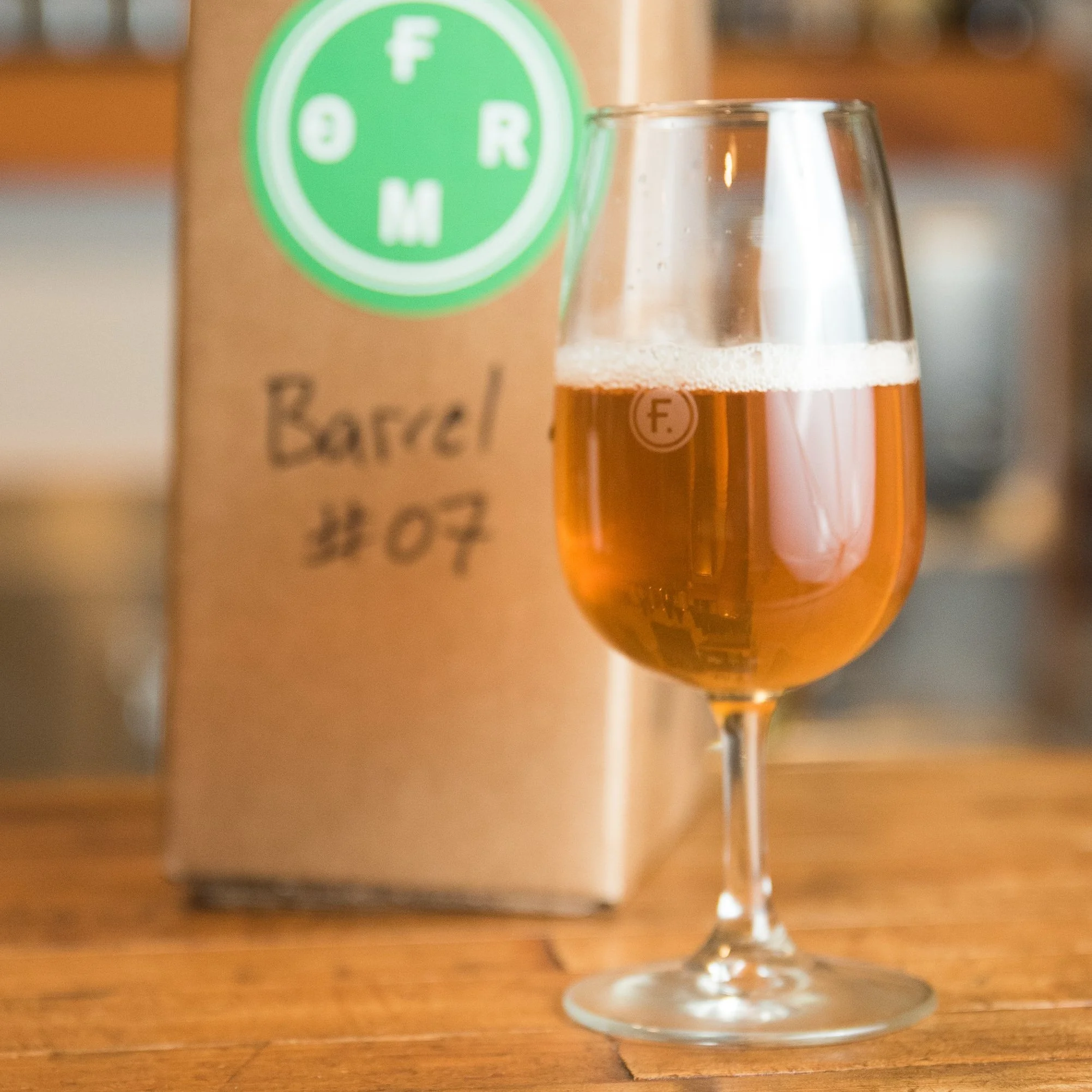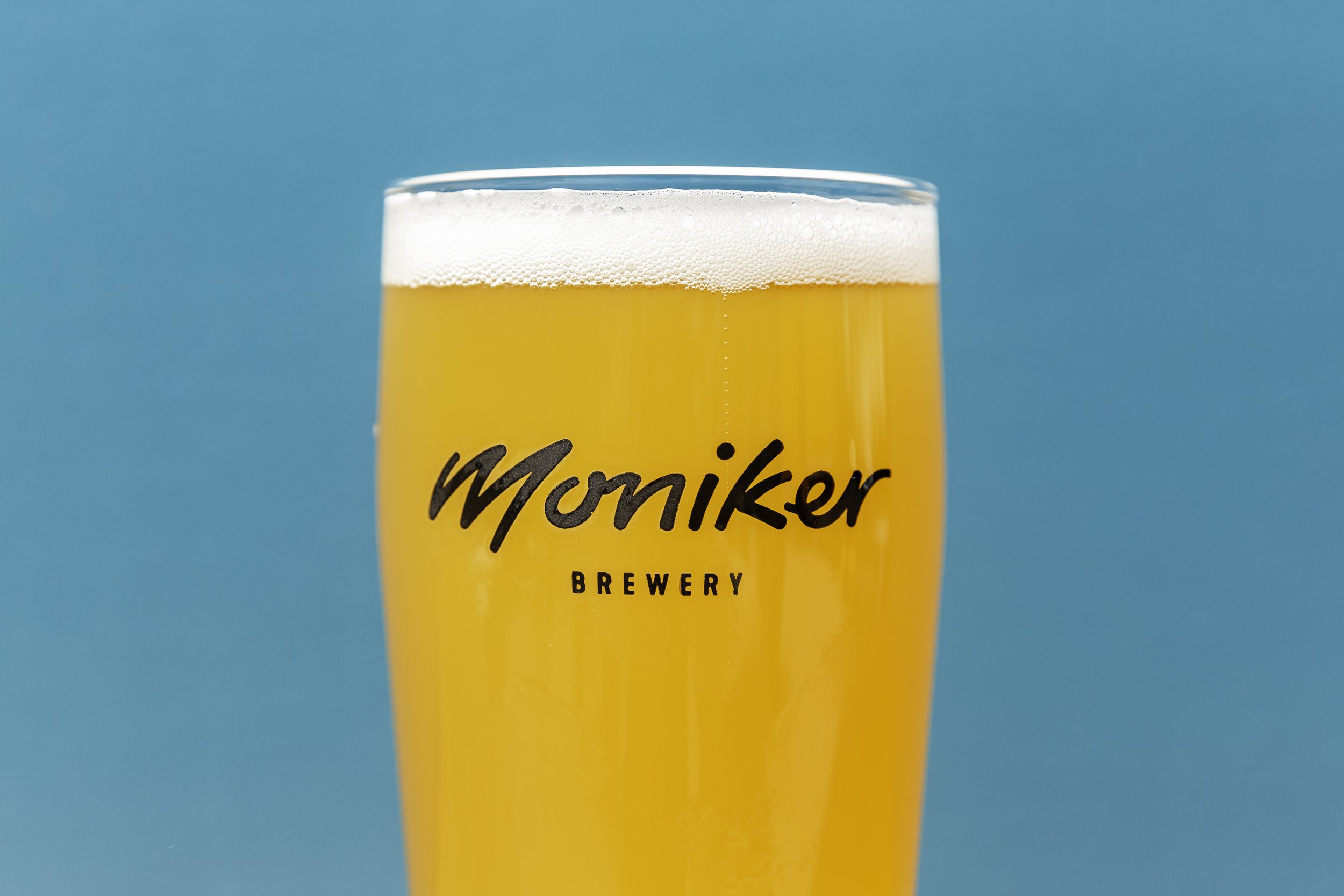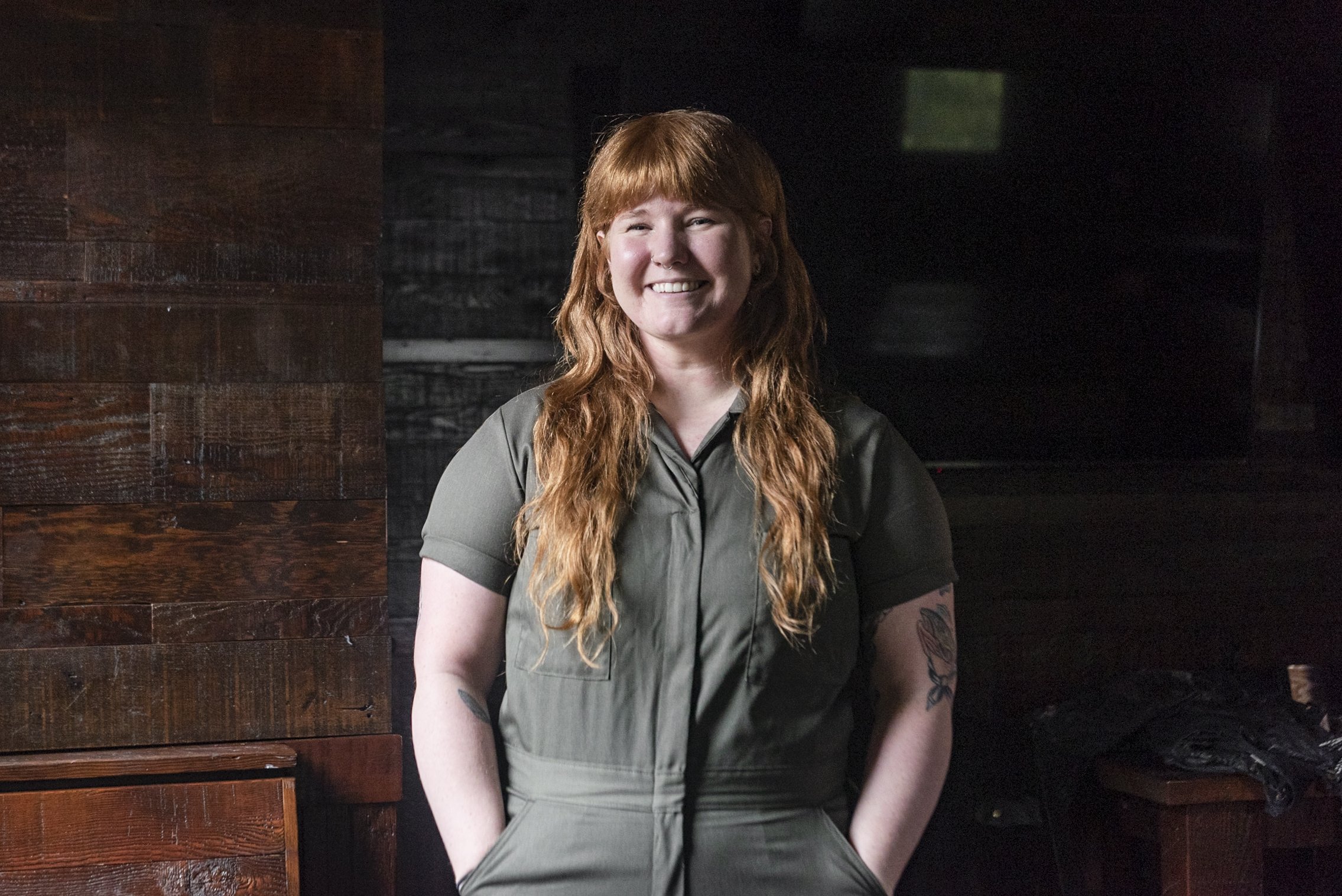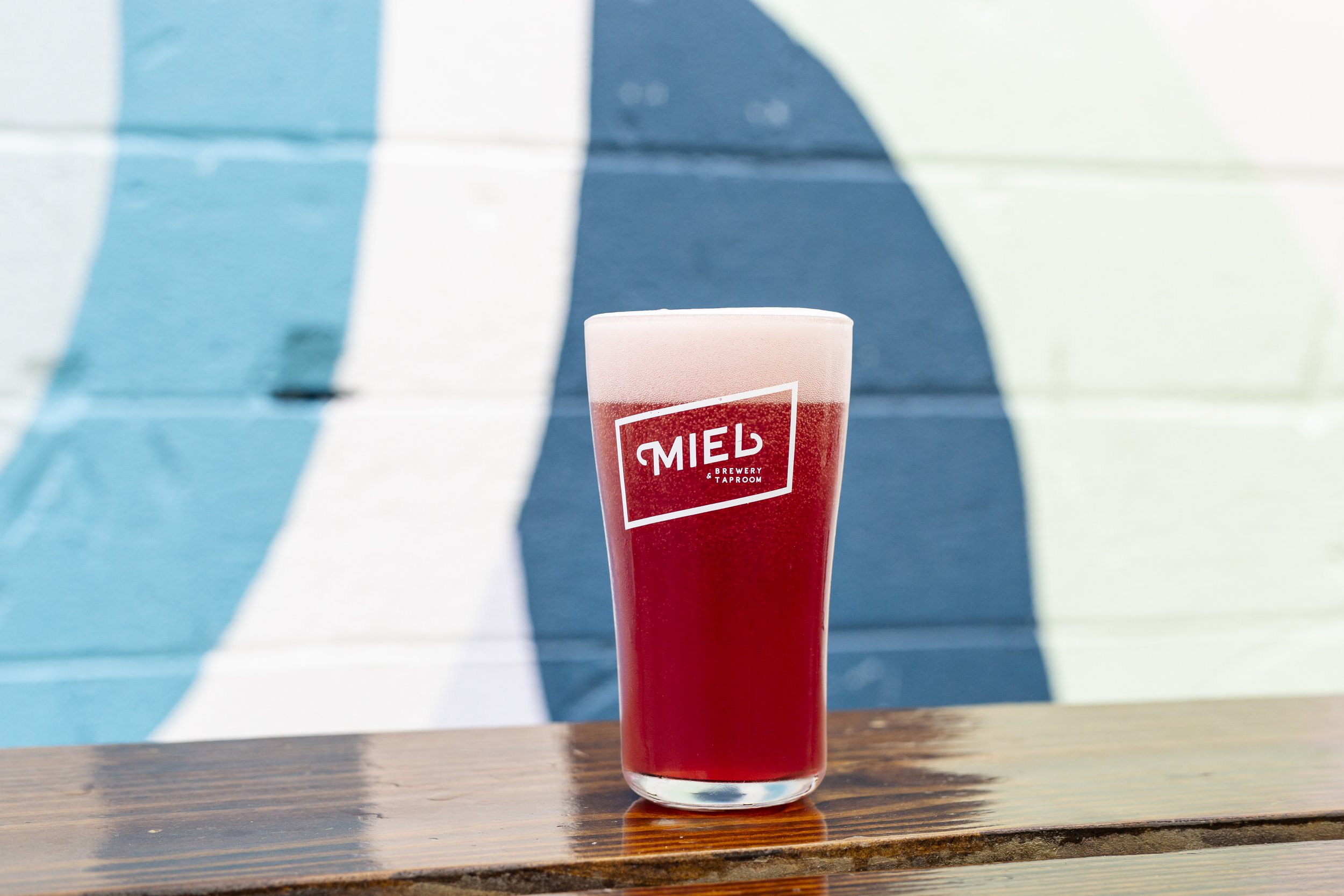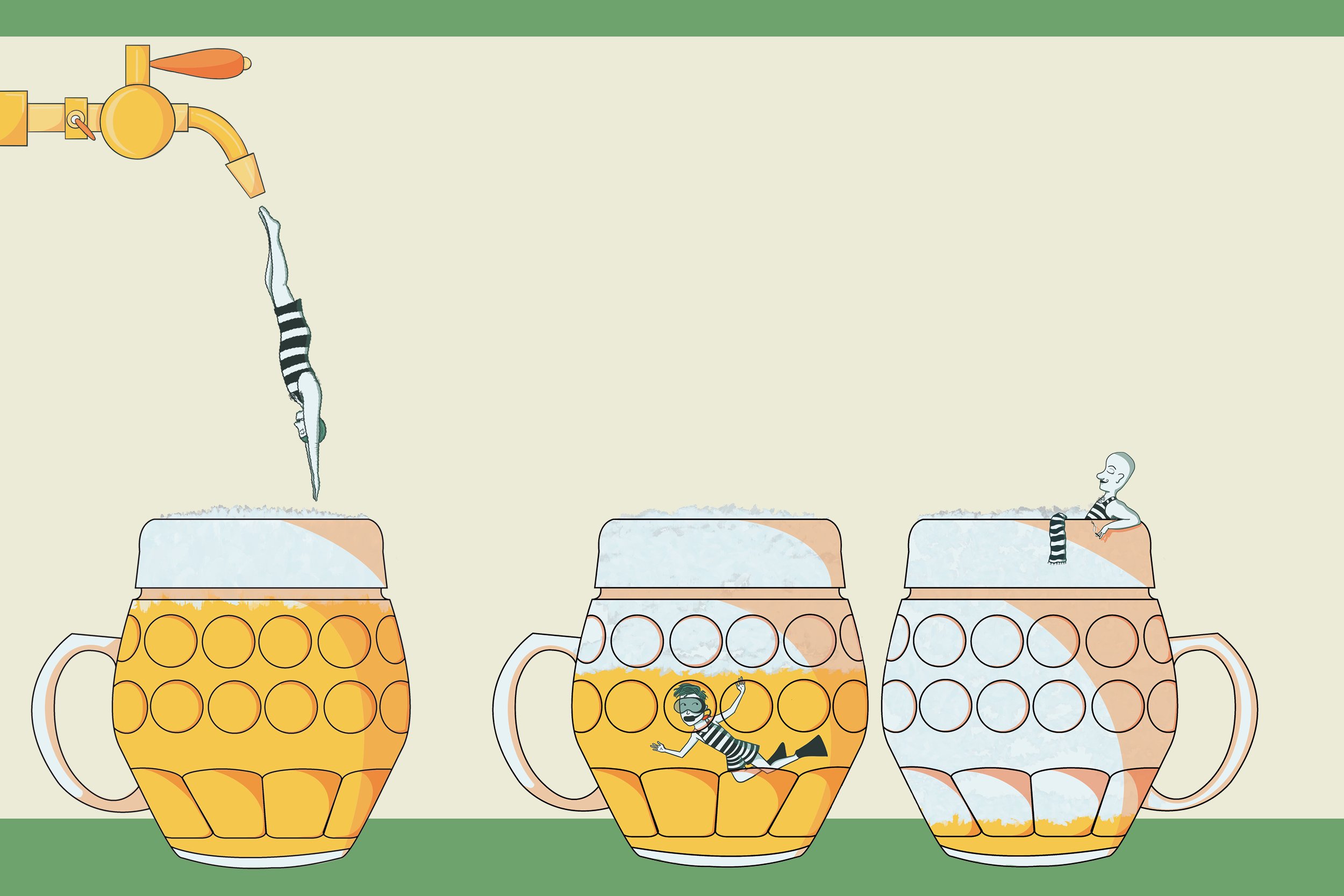Finding Your Flavor in Philadelphia
Ethan Tripp is unearthing Belgian brewing secrets at Fermentery Form.
Photos: Jaclyn Warren
Philadelphian Brewer Ethan Tripp, one of the founders of small artisan brewery Fermentery Form, says he’s “drawn to the painterly aspect of brewing mixed-culture beers because they don’t rely on [labbased] scientific rigor in the same way those brewed with industrial yeast do.”
Nevertheless, as Tripp discovered, they do require repeated experimentation, an open mind, a jigger of blind faith, and, as it turns out, mountains of aged hops—especially if you desire a distinct house culture and resulting proprietary flavor. Belgian brewers, who have been brewing spontaneously (or wild) fermented lambics and mixed culture fermented beers for nearly a millennium, do not often divulge recipes, techniques, or even hints at process, leaving American brewers on a search for flavor through much trial and error.
With the goal of developing a single house culture for the brewery, Tripp infected his wort with the dregs from commercial bottled beers—some from Belgium and others from American wild ales. He cultivated these yeasts, pitched them, tested results, and introduced commercial yeasts, too. Tripp took his successful experiments, learned to maintain those yeast cultures, and continued to blend. At one point, he had 15 or 16 cultures going simultaneously.
Tripp gained a clearer sense of the flavor profile he sought and revisited some of his early test batches. “I tasted one bottle and had the epiphany that, oh, this had been here the whole time!” He continued tinkering, eliminating certain notes he didn’t like while preserving the ones he did. Tripp was looking for a culture that would produce mellow orange, lemon, and lemon rind notes, with some acidity, a bit of bitterness on the backend, and a touch of minerality. Today, Fermentery Form has two house cultures that represent this profile, one for their farmhouse ales and the other for their lambic-style mixed culture ales. But before Tripp fully fleshed out these cultures, he had to solve the hop conundrum.
Straight Lambic, Fermentery Form,
brewer ethan tripp
Since the emergence and rising popularity of sour beers in America during the past 10 years or so, brewers skimped on hop additions, worried that these would hurt the microbes they used to develop sourness, sometimes adding only a handful in order to legally call it beer. They also thought bitterness in wild ales could only be derived from alpha acids in hops. In fact, hops have two acid parts: alpha and beta. They work together harmoniously, balancing each other. As beer ages, alpha acids mellow and beta acids bitter.
After tasting through many American mixed culture beers, Tripp knew something was missing. He poured over scholarly papers, blogs, and forums, and decided to test the hypothesis that using large amounts of aged hops—way more than he could ever believe was necessary— would create a beer that’s overly bitter at first but mellows with age and would settle into a delicate aroma and bitterness.
In 2013, six months into his first experiment, Tripp knew he was on the right track. He discovered that certain aged hops self-select for bitter-tolerant yeast at the beginning of the brew process. As the bitterness fades, the hops will encourage microbes that create a balanced acidity and, ultimately, will preserve the beer as it ages. This was a historic, if quietly so, moment for the evolution of sour beers in America. Even beers that achieved a Belgian-esque flavor profile weren’t aging well. Tripp’s discovery (a discovery that a small handful of brewers were coming to around the same time), brought American brewers closer to achieving flavor profiles that would also successfully age—no more dumping out of expensive but spoiled product. Instead of hops killing potential microbe action like previously thought, “in effect, you are scheduling the actions of the microbes on the beer,” says Tripp.
He uses noble hops, as is traditional in Belgium, and selects varietals with low alpha acids and a nice balance of alpha to beta. The aging process is critical, but aged hops are surprisingly easy to come by. Often, breweries will sell older crop-years for pennies, wanting to liquidate old stock. Fermentery Form also ages in house.
Their mixed culture ale series is called Solera because Tripp chose a process similar to that used when making sherry, moving the beer down through barrels as it ages. No brew is considered for blending or serving until it has spent at least six months in barrels. After that, it comes down to taste. When ready, a portion of a batch may go to the taproom while the rest is blended with other stock and/or reserved for future blending. “Using the fractional [aka Solera] method—moving the beer down through barrels as it ages—you can get some of those [older] flavors sooner.”
Young Solera is aged eight to 16 months, while old Solera is aged up to three years. Though the batches vary, they all exhibit the same house character with which Tripp paints every time he steps into the brewery.

